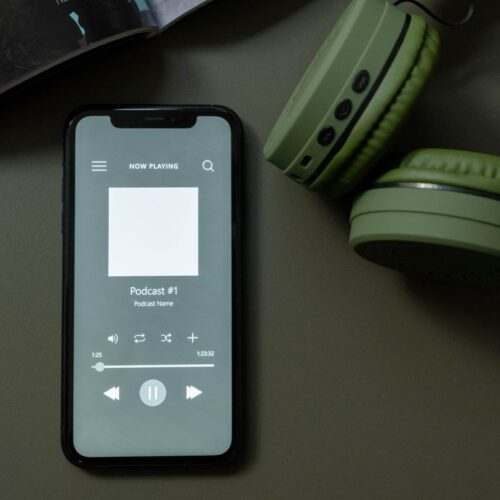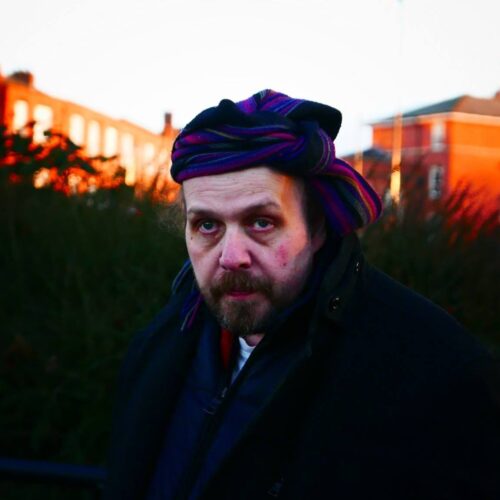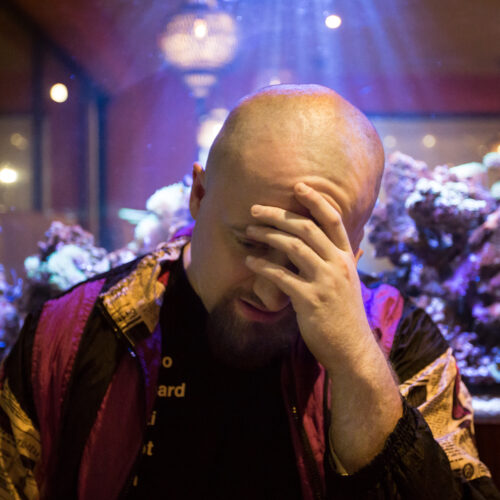
From Burgess and Maclean to Elgar and Standford
I was listening to the Today programme on Radio 4 whilst driving into work last week and there was an item about an exhibition in Cambridge entitled Under Covers: Documenting Spies. Cambridge has been something of a breeding ground for spies, of course – and not always for the same side!
The interviewee commented that future generations would not be able to host such a fascinating exhibition, since the tools of the trade were now almost entirely electronic. Emails – even if printed out – don’t quite have the same romantic or sinister (depending on your point of view) ‘feel’.
This got me thinking about the tools of the trade in music composition – and especially the notebooks in which composers have jotted down ideas. Will current and future generations do the same in Sibelius (or their notation software of choice)? If so, future researchers will have a big problem – unless the composer has been fastidious in backing up files and placing them in a safe place. The greater likelihood is that their PCs, with their fascinating snippets, will long since have been destroyed or recycled.
In some instances, composers themselves would have pressed the ‘delete’ button. Anthony Payne’s brilliant reworking of the sketches for Elgar’s Third Symphony would not have been possible had Elgar not jotted down his ideas in the first place and had his deathbed wish not been ignored: he famously placed an embargo on any attempt to complete the work (or “tinkering” as he described it).
I was discussing learning logs the other day with OCA’s Course Leader for music (Patric Standford), himself an award winning composer.

Patric was saying that he has snippets of music in his notebook from literally decades ago that he still plans to come back to one day.
In previous generations composers notebooks had other purposes, of course. One was for teaching purposes. The only source we have for some harpsichord pieces by Giovanni Battista Draghi, dating from the latter half of the 17th century, is the so called Purcell Manuscript , rediscovered in London in 1993. Presumably both Purcell and Draghi taught the harpsichord to the same aristocratic pupil and the pieces written out originally for practice purposes are now the only source for much of this music.
So the underlying question, posed especially by the Elgar example, is: do we still jot down musical ideas as they come to us, whether or not they have a particular ‘purpose’ at that moment ? And if so, do we use manuscript paper or our PC? Is it simply nostalgia to bemoan the passing of pen and ink or is there something more important here?






I couldn’t agree more! I was searching on google when I found your post, and I found just what I was looking for. I’ve added your rss feed to my Google reader, I look forward to more posts from you. Thanks!